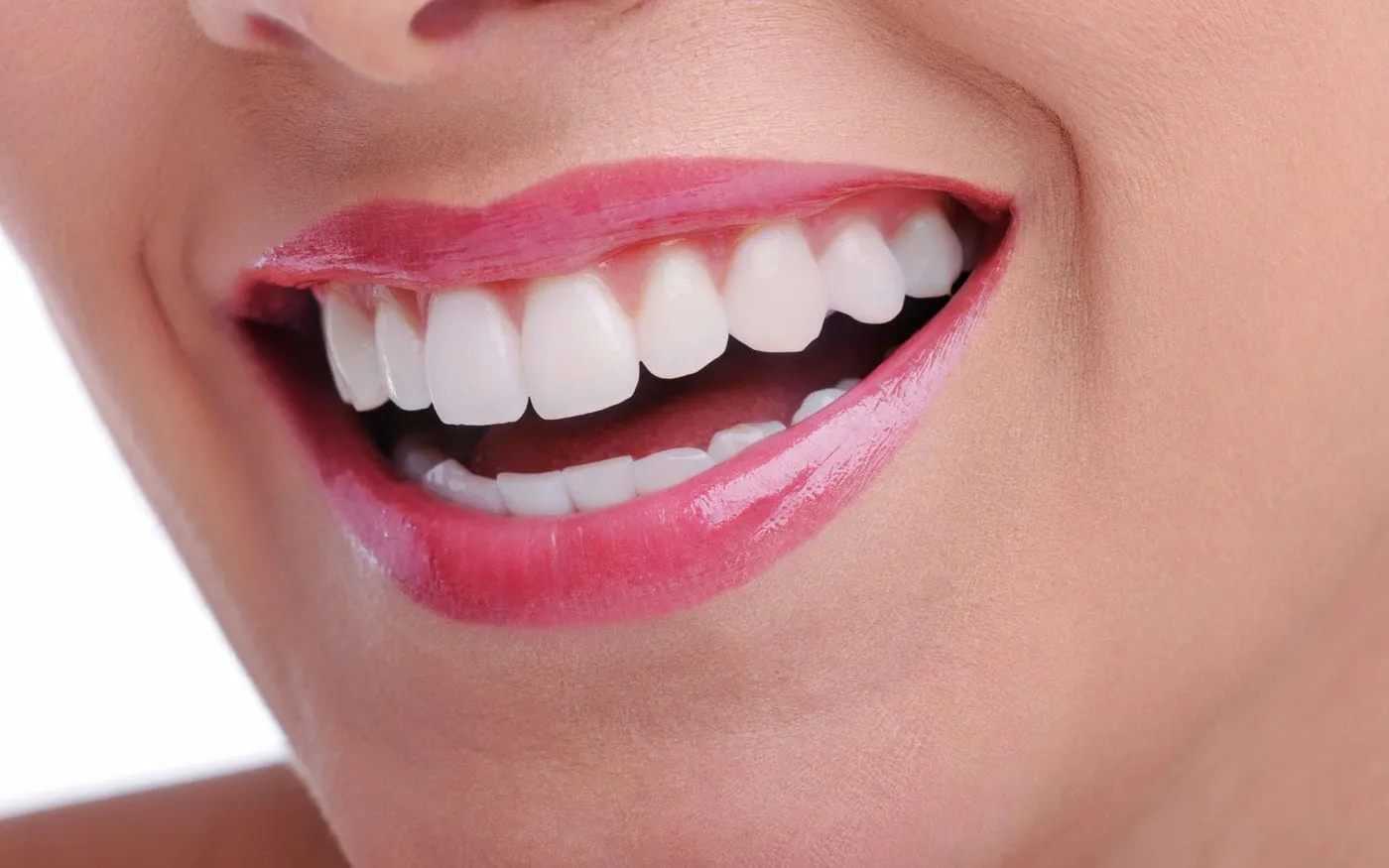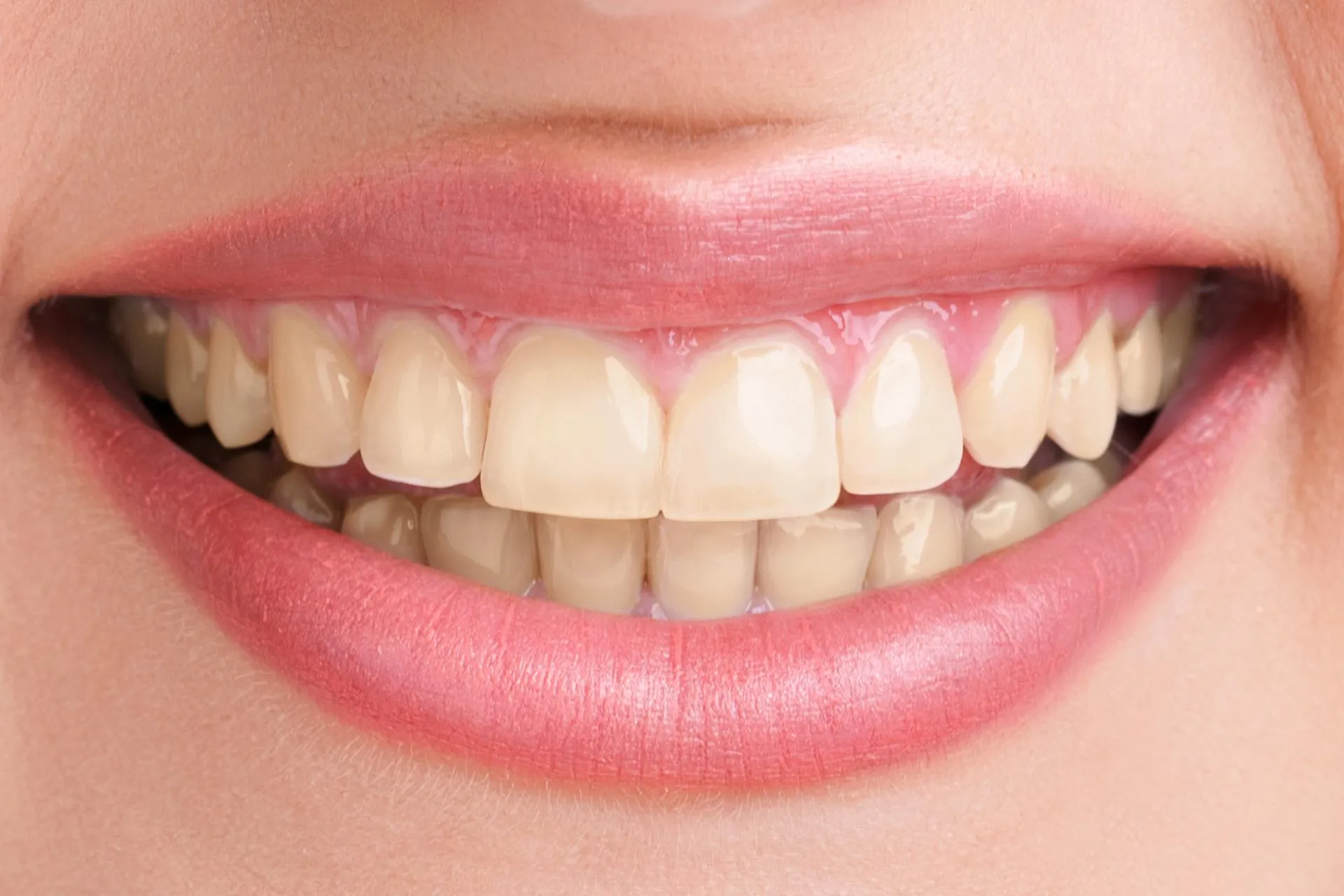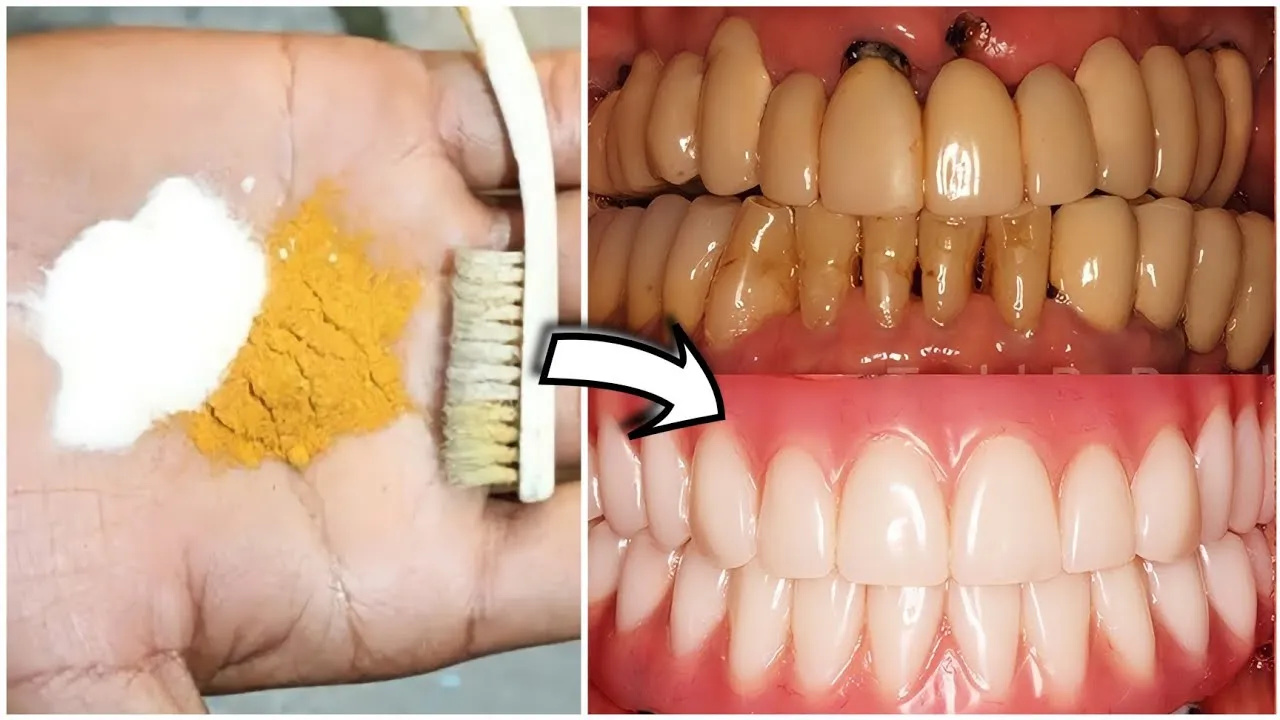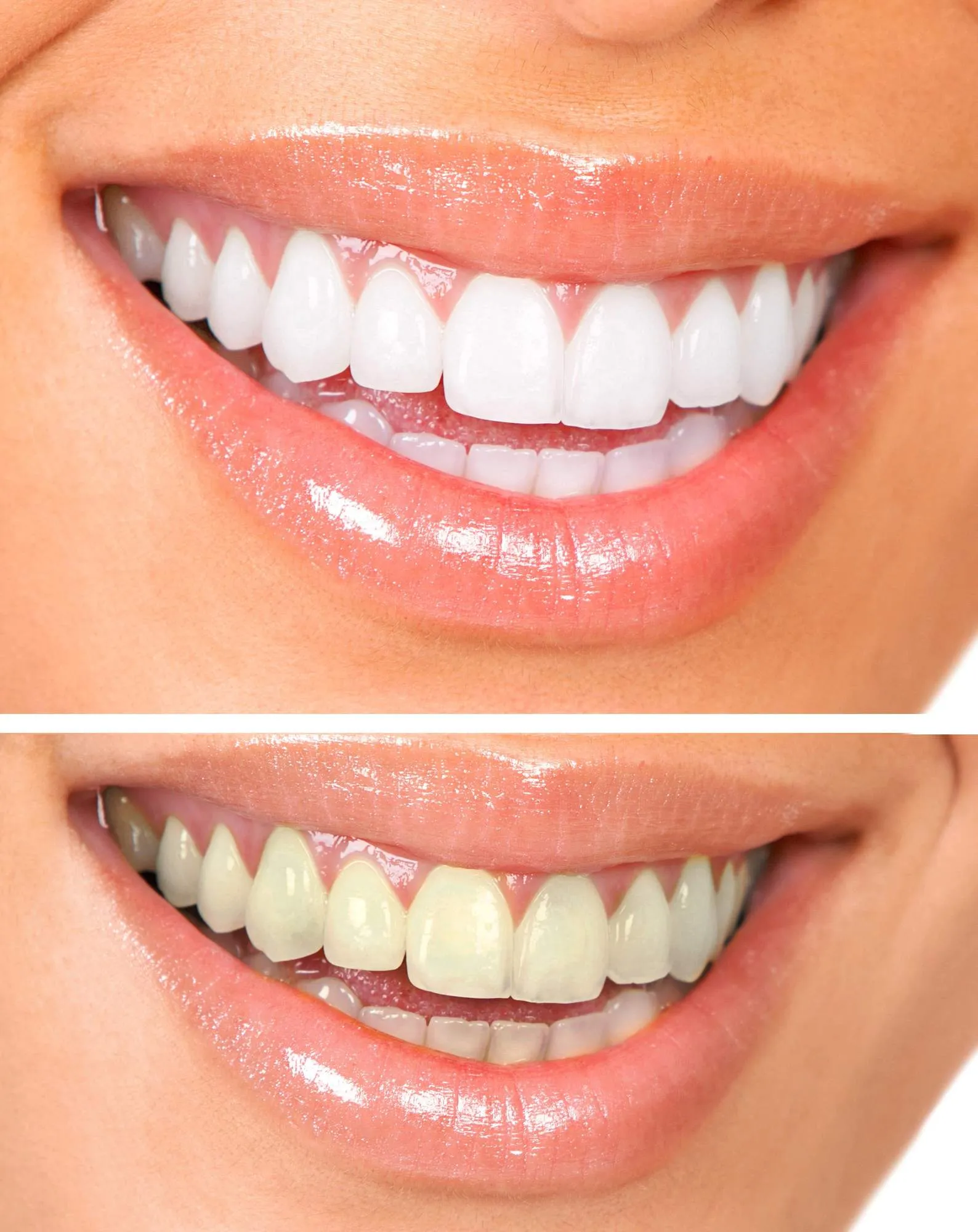Why Do Old Teeth Discolor?
As we age, our teeth naturally undergo changes that can lead to discoloration. The enamel, the hard outer layer of our teeth, gradually wears down over time. This erosion exposes the underlying dentin, which is naturally more yellow in color. Additionally, the dentin itself darkens with age. Furthermore, the accumulation of stains from food, drinks, and habits like smoking contributes to the overall discoloration of older teeth. Understanding these factors is the first step in addressing and effectively whitening your old teeth. Recognizing the causes empowers you to make informed decisions about treatment options and preventative measures to maintain a brighter smile.
The Impact of Aging on Teeth
Aging has a significant impact on our teeth beyond just color. The enamel becomes thinner and more porous, making teeth more susceptible to staining. The pulp chamber, which contains the nerves and blood vessels, shrinks, leading to a decrease in the overall vitality of the tooth. Moreover, the gums may recede, exposing more of the tooth surface and potentially making the teeth appear longer and more vulnerable to sensitivity. These age-related changes mean that the approach to whitening old teeth must be carefully considered. It is essential to use methods that are gentle and effective, avoiding treatments that could exacerbate sensitivity or cause further damage to weakened enamel. Regular dental check-ups become even more critical to monitor the health of the teeth and gums.
Common Causes of Tooth Discoloration

Several factors contribute to the discoloration of teeth, particularly as we age. Dietary choices play a major role, with dark-colored foods and beverages like coffee, tea, red wine, and berries staining the enamel. Smoking and tobacco use are notorious for causing significant staining and yellowing. Poor oral hygiene, including infrequent brushing and flossing, allows stains to accumulate. Certain medications, such as tetracycline antibiotics, can also lead to tooth discoloration, especially if taken during tooth development. Additionally, genetic predispositions and certain medical conditions can affect the color of the teeth. Addressing these common causes requires a multifaceted approach that includes dietary adjustments, improved oral hygiene practices, and, if necessary, professional teeth whitening treatments to restore a brighter smile.
Top 5 Teeth Whitening Methods for Old Teeth
When it comes to whitening old teeth, several effective methods can help restore a youthful and vibrant smile. The best approach often depends on the extent of discoloration, the sensitivity of your teeth, and your personal preferences. Here are five of the most popular and effective methods, each offering unique benefits and considerations. From professional treatments to over-the-counter options, there are solutions available to help you achieve a brighter, more confident smile, taking into account the specific needs of aging teeth. Always consult with your dentist to determine the most suitable method for your individual oral health situation.
Professional Teeth Whitening Options
Professional teeth whitening, performed by a dentist, often provides the most dramatic and long-lasting results. Dentists have access to stronger whitening agents than those available over the counter. This allows them to effectively address even the most stubborn stains. Professional treatments are also carefully monitored to minimize the risk of sensitivity and ensure the safety of your teeth and gums. There are several in-office treatments available, which can be completed in a single appointment, providing a convenient option for those seeking immediate results. Your dentist can also create custom-fitted whitening trays for at-home use, which combine professional-grade whitening agents with the convenience of home treatment.
In-Office Whitening Treatments

In-office whitening involves a dentist applying a high-concentration bleaching agent to your teeth. The process usually takes about an hour and involves multiple applications of the whitening gel, often combined with a special light or laser to accelerate the process. The results can be remarkable, with teeth whitening several shades in a single session. The dentist protects your gums and soft tissues throughout the procedure, ensuring safety and minimizing any potential discomfort. This is a great option for people looking for fast and effective results and have the budget for it.
Customized Whitening Trays
Customized whitening trays are another professional option that offers flexibility and convenience. Your dentist will take impressions of your teeth to create custom trays that fit perfectly. These trays are designed to hold a professional-strength whitening gel, which you apply at home. The advantage of custom trays is that they ensure the whitening agent comes into close contact with your teeth while minimizing the risk of the gel touching your gums, which can cause irritation. The whitening process typically lasts several weeks, during which you wear the trays for a specific amount of time each day or night, as directed by your dentist. This method allows for gradual, controlled whitening and is often more affordable than in-office treatments.
Over-the-Counter Whitening Products
Over-the-counter whitening products offer a convenient and cost-effective alternative for those looking to whiten their teeth at home. These products are widely available at pharmacies and supermarkets. They often contain lower concentrations of whitening agents compared to professional treatments, making them a safer option for individuals with sensitive teeth. However, they may take longer to produce noticeable results. Before using over-the-counter products, it is advisable to consult with your dentist, especially if you have any existing dental work or concerns about sensitivity. The choice of product depends on your needs and budget. You can also combine these with professional treatment if your dentist agrees.
Whitening Toothpastes and Rinses

Whitening toothpastes and rinses are a gentle option for maintaining a brighter smile and preventing stains. These products typically contain mild abrasives and/or whitening agents that help remove surface stains. While they may not dramatically change the color of your teeth, they can help keep your teeth looking clean and fresh. They are a good choice for daily use and are particularly effective when combined with other whitening methods. Look for toothpastes and rinses that are approved by dental associations for safe and effective use. Remember that these products work by removing surface stains and do not actually change the color of the tooth enamel.
Whitening Strips
Whitening strips are a popular over-the-counter option that is both convenient and relatively effective. These thin, flexible strips are coated with a whitening gel and are applied directly to your teeth. They are easy to use and can be incorporated into your daily routine. The gel typically contains hydrogen peroxide or another bleaching agent. Whitening strips offer a noticeable improvement in tooth color over time. However, the effectiveness of whitening strips can vary depending on the severity of the stains and the concentration of the whitening agent. It’s important to follow the instructions carefully to avoid uneven whitening or gum irritation.
Natural Remedies for Whitening Old Teeth
Alongside professional and over-the-counter options, several natural remedies can help whiten your teeth and improve your oral health. While these methods may not produce the same dramatic results as professional treatments, they can be a helpful complement to your oral hygiene routine. Remember that the effectiveness of these remedies can vary, and it’s essential to be cautious and consult with your dentist before trying them, especially if you have sensitive teeth. Natural methods are generally gentler and safer for maintaining a brighter smile in the long run.
The Role of Diet in Teeth Whitening

Your diet plays a crucial role in both the discoloration and whitening of your teeth. Certain foods and drinks are notorious for staining teeth, while others can naturally help keep your smile bright. Being mindful of what you eat and drink is an important part of maintaining your teeth and protecting them from staining. Making informed dietary choices can enhance the effectiveness of whitening treatments and help you maintain a vibrant smile. A balanced diet will not only benefit your teeth but your overall health.
Foods and Drinks to Avoid
To protect your teeth from staining, it’s essential to limit your intake of certain foods and drinks. Coffee, tea, and red wine are well-known culprits due to their high tannin content, which can stain the enamel. Dark-colored sodas and fruit juices also contribute to discoloration. Foods such as berries, soy sauce, and balsamic vinegar can also stain your teeth. If you consume these items, it is helpful to rinse your mouth with water immediately afterward to minimize their staining effect. Brushing your teeth after consuming staining foods and drinks can also help prevent discoloration. Avoiding these things is essential to maintain the results of any whitening process.
Home Remedies for Whitening
Several home remedies are believed to help whiten teeth. These methods often involve using natural ingredients. However, it’s important to use these with caution, as some remedies can be abrasive or harmful to enamel. For example, some people use baking soda and hydrogen peroxide. Others use lemon juice or apple cider vinegar. While these may remove surface stains, they can also erode the enamel. Coconut oil pulling is a popular practice, which involves swishing coconut oil in your mouth for a certain period. While this method is believed to remove bacteria and promote oral health, its whitening effect is still debatable. Always consult your dentist before trying any home remedies.
Maintaining Your Newly Whitened Smile

Once you’ve invested in teeth whitening, it’s essential to take steps to maintain your bright, beautiful smile. This involves adopting and sticking to good oral hygiene habits. Regular dental check-ups and cleanings are also important for preventing stains and addressing any dental issues that may arise. By following these practices, you can prolong the results of your teeth whitening treatments and keep your smile looking its best for many years to come. Taking care of your teeth is an ongoing process, and maintenance is key to a long-lasting, healthy smile.
Oral Hygiene Practices
Maintaining good oral hygiene is the cornerstone of a bright, healthy smile. Brush your teeth at least twice a day for two minutes each time, using fluoride toothpaste. Floss daily to remove plaque and food particles from between your teeth and along your gum line. Consider using an antimicrobial mouthwash to further reduce bacteria and prevent staining. Using a soft-bristled toothbrush is recommended to avoid damaging your enamel and gums. Good oral hygiene helps remove surface stains and plaque, helping prevent new stains from forming and keeping your teeth white.
Regular Dental Check-ups
Regular dental check-ups and professional cleanings are essential for maintaining a white smile and good oral health. Your dentist can remove stubborn stains that brushing and flossing alone cannot eliminate. During check-ups, the dentist can also identify and address any potential issues, such as cavities or gum disease, which can impact the appearance and health of your teeth. Professional cleanings and exams can contribute to the longevity of your whitening efforts by removing stains and plaque. Regular check-ups ensure your oral health and a bright smile.
Realistic Expectations and Considerations

When considering teeth whitening, it is important to have realistic expectations and to be aware of certain considerations. The results of whitening treatments can vary depending on the severity and type of stains, as well as the individual’s natural tooth color. It’s unlikely that your teeth will become perfectly white, and the aim is to improve your smile rather than achieving an unrealistic outcome. Also, it’s important to understand that teeth whitening is not a permanent solution and may require touch-ups. Additionally, it’s vital to consider your overall oral health. Discussing your expectations and any concerns with your dentist is the first step to make the best decisions.
Whitening old teeth effectively involves understanding the causes of discoloration and choosing the right methods to address them. Whether you opt for professional treatments, over-the-counter options, or natural remedies, the key is to prioritize your oral health and consult with your dentist to determine the most suitable approach. By combining professional guidance with good oral hygiene practices and mindful dietary choices, you can achieve and maintain a brighter, more confident smile, even as your teeth age.
